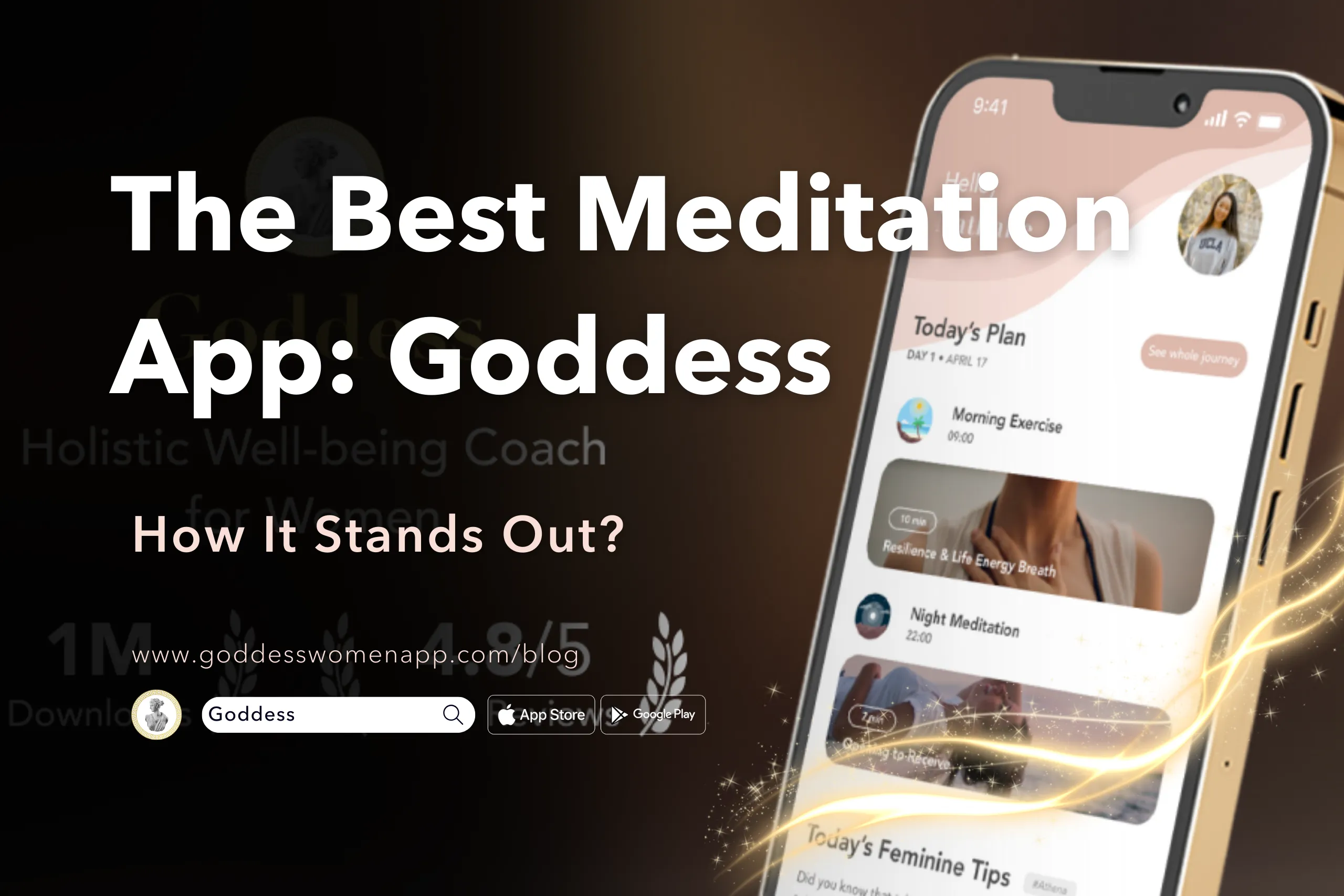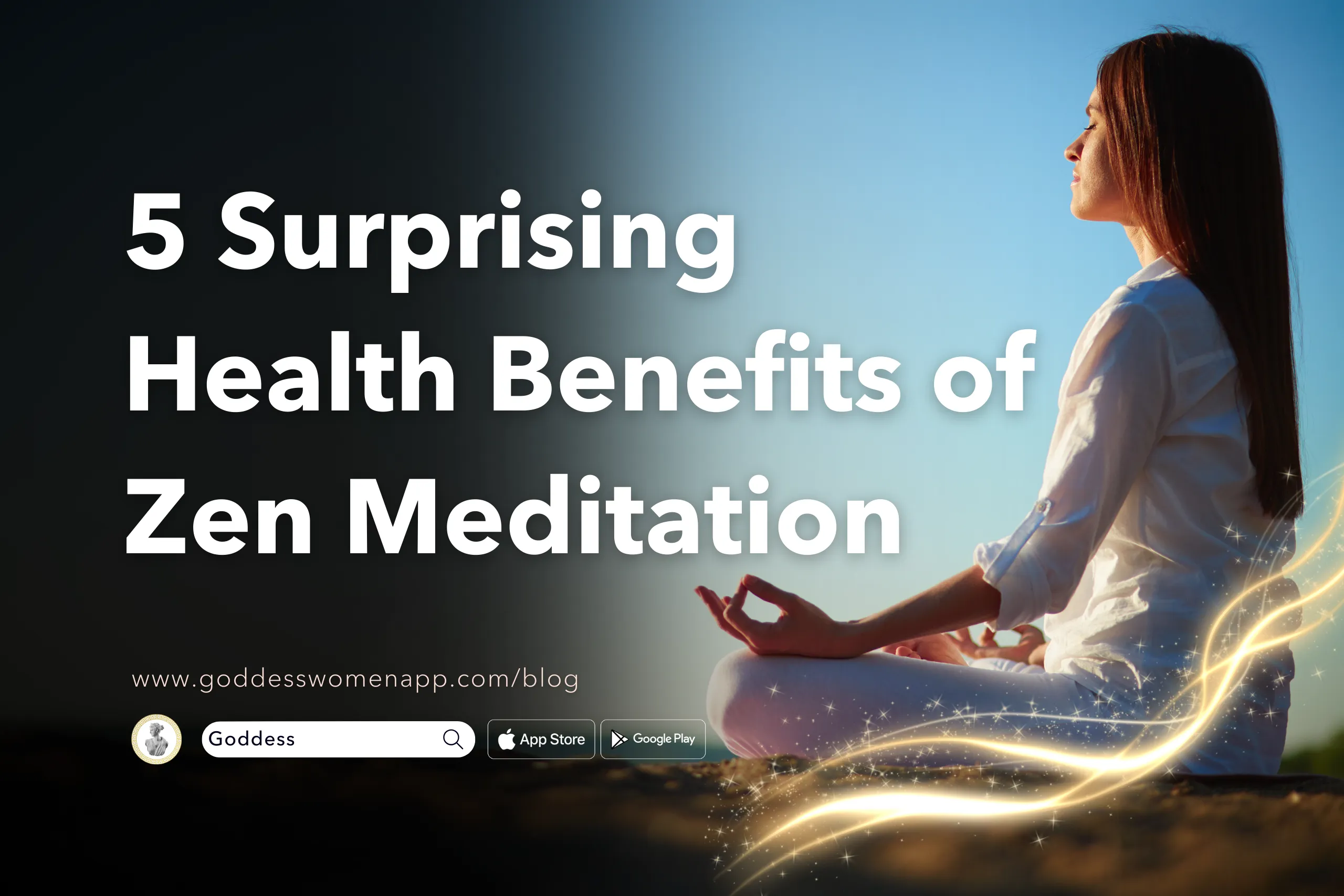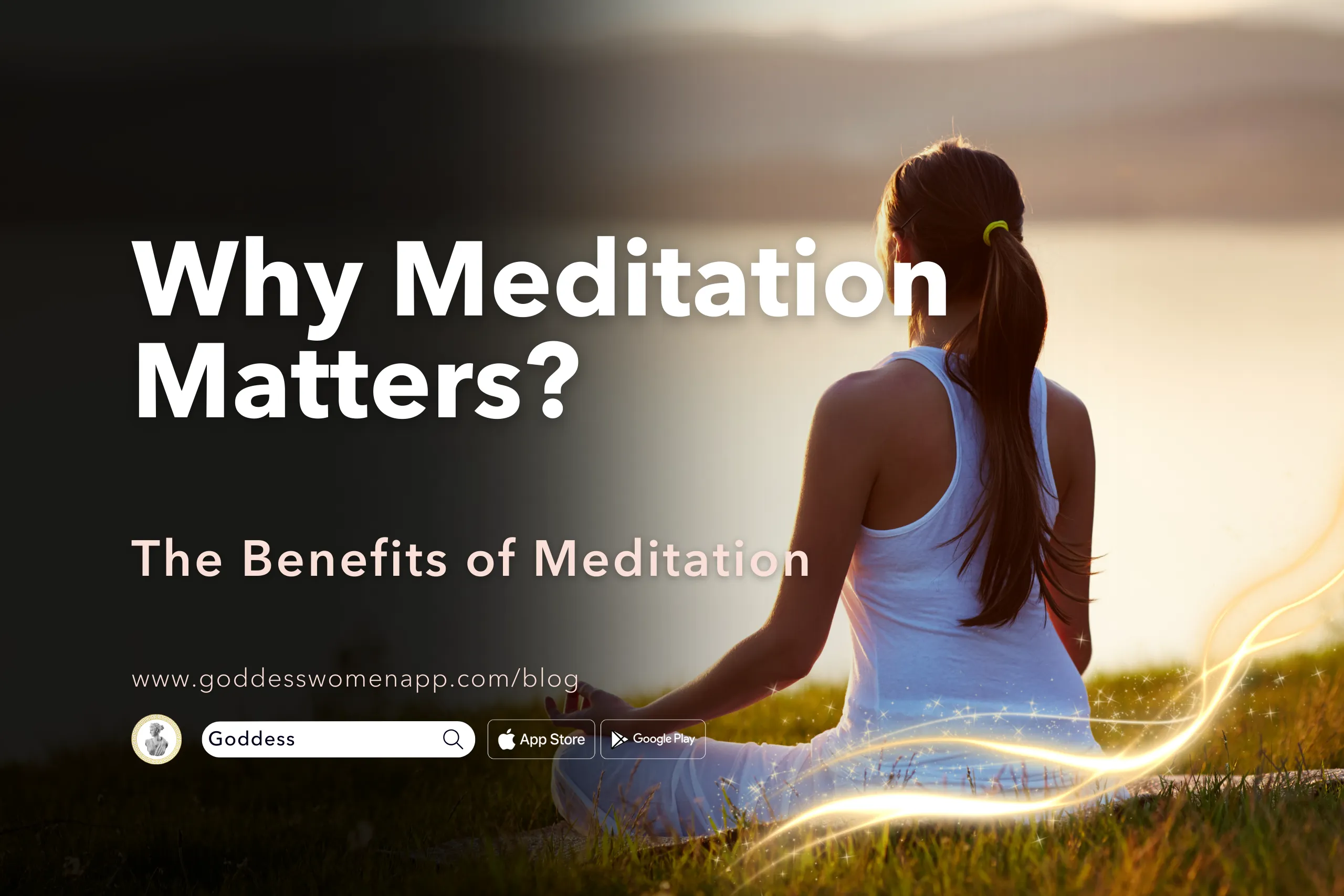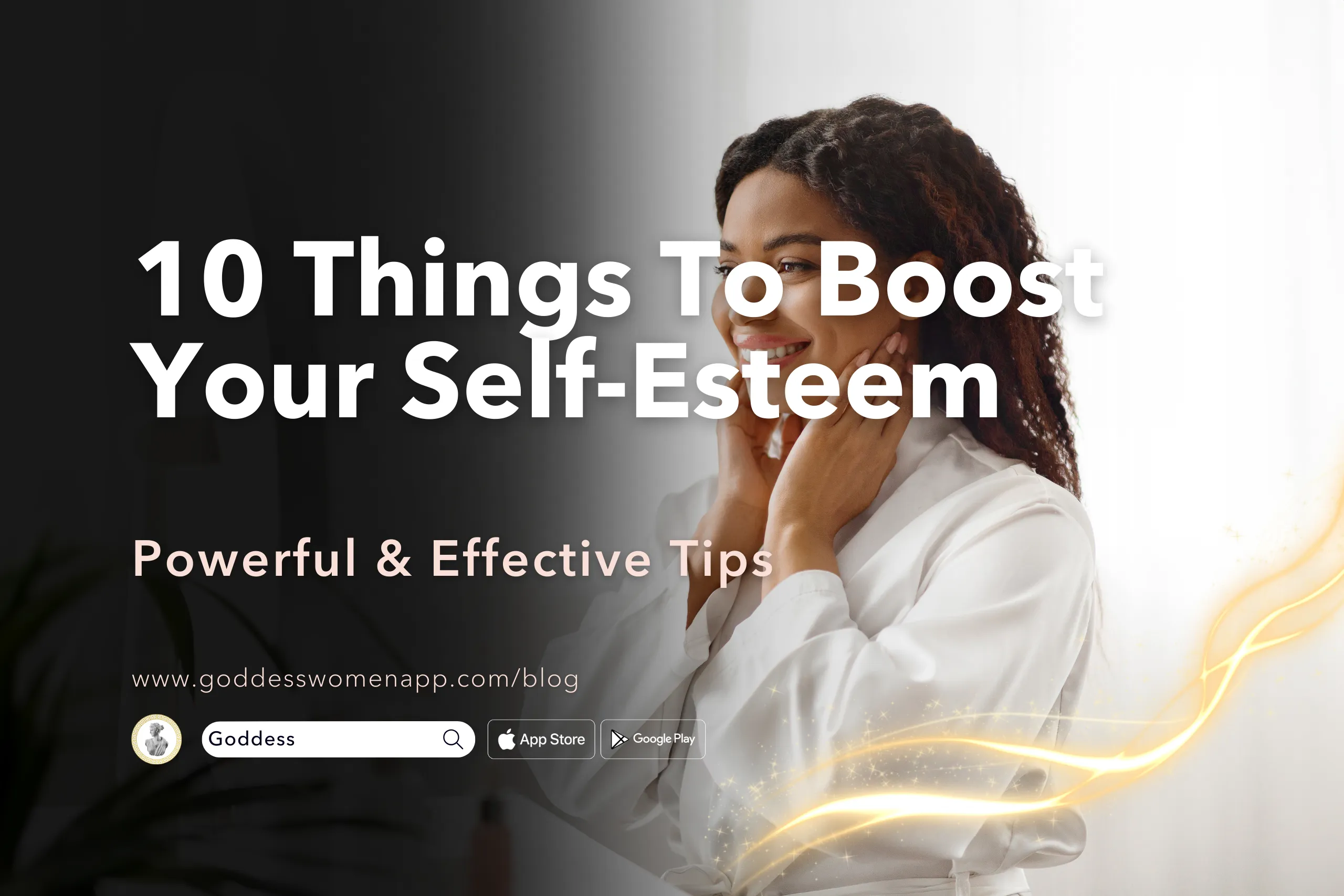Table of Contents
Introduction: How to Get Out of Survival Mode
How to get out of survival mode? Well, imagine living in a state where every sound makes you jump, where your breaths are shallow, and your heart races at the slightest stress. This is not just a fleeting moment of anxiety; it’s an ongoing, relentless siege on your peace. This is survival mode, a state of existence where you’re perpetually braced for the next crisis, the next emergency. It’s not living; it’s barely surviving.
Survival mode is not a sign of weakness; it’s a testament to strength. It’s the body’s primal, hardwired response to prolonged stress and threat, designed to protect and preserve. But when the lion you’re running from is replaced by unending work deadlines, financial pressures, or personal turmoil, this once life-saving mechanism becomes a trap that can severely disrupt daily life.
The impact of living in survival mode is profound and pervasive. But, how to get out of survival mode? It seeps into every crack of existence, straining relationships, eroding job performance, and shadowing every joy with the anticipation of the next struggle. It’s living life on a razor’s edge, where the potential for a full, vibrant life is overshadowed by the constant, grinding pressure of merely making it through the day.
Recognizing that you’re stuck in survival mode is a critical first step towards reclaiming your life. It’s about understanding that this state is not an eternal sentence but a phase, one that you have the power and the tools to move beyond. Taking proactive steps on how to get out of survival mode is not merely improving your current situation; it’s an investment in your future, a commitment to a life where you’re not just surviving, but thriving.

Understanding How to Get Out of Survival Mode
At its core, survival mode is a physiological and psychological state of high alert. It’s the body’s instinctive reaction to danger, a complex cascade of hormonal, cardiovascular, and neural responses designed to keep you alive in the face of threats. In the wild, this is an invaluable response. But in the modern world, where threats are more psychological than physical, being perpetually in survival mode is akin to using a sledgehammer for a task that requires a scalpel.
Survival mode manifests through a variety of signs and symptoms, both physical and emotional. Physically, you might notice your heart pounding, your breath quickening, or your muscles tensing, ready to spring into action. Sleep may become elusive, with restlessness and insomnia becoming unwelcome bedfellows. Emotionally, survival mode can feel like riding an unending roller coaster, marked by irritability, anxiety, and an overwhelming sense of dread.
Living in this heightened state of alert can have severe short and long-term effects on health and well-being. In the short term, it can sabotage decision-making, cloud judgment, and make concentration a Herculean task. Relationships may suffer, as the irritability and anxiety spill over, straining even the strongest bonds. Physically, the constant flood of stress hormones can wreak havoc, increasing the risk of issues like hypertension, heart disease, and a weakened immune system.
In the long term, the effects can be even more devastating. Chronic stress can lead to severe mental health issues, including depression and anxiety disorders. It can disturb metabolic processes, leading to weight issues, and disrupt sleep, leading to a host of related problems. Perhaps most alarmingly, it can change the very structures of the brain, affecting areas responsible for memory, emotion, and self-regulation.
Understanding how to get out of survival mode is not just about recognizing the signs and symptoms. It’s about acknowledging the profound impact this state can have on every aspect of life. It’s a wake-up call, a rallying cry to take action, to seek help, and to start the journey from surviving to thriving.
Recognizing the Triggers: How to Get Out of Survival Mode
The journey to figuring out how to get out of survival mode begins with identifying the triggers that catapult you into this state. Recognizing these triggers is crucial because it empowers you to understand and anticipate the situations that push you into a corner, allowing you to prepare and possibly even prevent the onset of survival mode. These triggers are varied and personal, but some common ones stand out due to their prevalence and impact.
Firstly, personal circumstances play a significant role. Life events such as the loss of a loved one, financial troubles, or relationship issues are profound triggers. These situations are intensely stressful because they shake the very foundations of your life, creating a sense of instability and uncertainty. The emotional toll of these events can be overwhelming, pushing your mind and body into a state of constant alert, as you brace for more bad news or navigate the complexities of these challenges.
Stress, be it chronic or acute, is another significant trigger. It’s the everyday pressures—the deadlines, the endless to-do lists, the juggling of work and personal life—that build up over time, straining your ability to cope. This constant pressure can make you feel like you’re always on the back foot, perpetually playing catch-up, and never quite making it. The buildup of this stress can be insidious, creeping up on you until it’s the lens through which you view your entire world.
External pressures, too, contribute significantly to pushing individuals into survival mode. The relentless pace of modern life, the bombardment of information and stimuli, and societal expectations can all create an environment where you’re always on edge. Social media, with its curated portrayals of perfection, exacerbates this, setting unrealistic standards and fostering a culture of comparison that can lead to feelings of inadequacy and a constant state of striving.
Recognizing these triggers is not about assigning blame or feeling helpless in the face of these challenges. It’s about gaining clarity, understanding your reactions, and empowering yourself to start making changes. It’s the first step in a journey of transformation, one that leads away from the edge of survival and towards a more balanced, fulfilling existence.

Strategies on How to Get Out of Survival Mode
Acknowledging you’re in survival mode is important, but it’s the actionable strategies that will guide you out of it. These strategies are diverse, catering to different aspects of your life, ensuring a holistic approach to overcoming survival mode.
Mindfulness and Meditation on How to Get Out of Survival Mode
Mindfulness and meditation are powerful tools in quelling the tumult of survival mode. These practices anchor you in the present moment, helping to break the cycle of relentless worry and anticipation that characterizes survival mode. Mindfulness encourages a non-judgmental awareness of the present moment, allowing you to recognize and accept your thoughts and feelings without being overwhelmed by them. Meditation, on the other hand, provides a structured way to cultivate this mindfulness, offering a respite from the chaos, a quiet space in the storm.
Regular practice of mindfulness and meditation can have profound effects. They teach you to observe your thoughts and reactions without getting caught up in them, providing a sense of calm and clarity. This can be incredibly empowering in survival mode, where it feels like your thoughts and fears control you. These practices bring control back into your hands, giving you the space and peace to respond to life’s challenges with thoughtfulness rather than impulsiveness.
Physical Activity and Nutrition on How to Get Out of Survival Mode
The role of physical activity and nutrition in mental health cannot be overstated. Exercise is a powerful antidote to stress. It triggers the release of endorphins, the body’s natural mood lifters, and can act as a form of meditation in motion, helping to clear and calm the mind. Regular physical activity provides a structured outlet for the frustrations and anxieties that fuel survival mode, channeling them into something positive and constructive.
Nutrition, too, plays a crucial role. The food you eat can either fuel the fire of survival mode or help douse the flames. A balanced, nutritious diet supports your body in managing stress. Certain foods, like those high in omega-3 fatty acids, are known to reduce the symptoms of stress and anxiety. Conversely, a diet high in processed foods, sugar, and caffeine can exacerbate these symptoms, keeping your body in a state of high alert.
Setting Boundaries and Saying No on How to Get Out of Survival Mode
One of the most empowering strategies for stepping out of survival mode is learning to set boundaries and say no. Survival mode often leaves you feeling like you must take on everything, that saying no is not an option. This leads to overcommitment, burnout, and a perpetual feeling of being stretched too thin. Setting boundaries is about recognizing your limits and communicating them clearly to others. It’s about understanding that saying no to one thing means saying yes to something else—often, your mental health and well-being.
This doesn’t mean shirking responsibilities or letting people down. It’s about making intentional choices about where to invest your time and energy. It’s about recognizing that you can’t be everything to everyone and that trying to do so is a sure path back to survival mode.
Seeking Professional Help on How to Get Out of Survival Mode
Finally, seeking professional help is a profoundly courageous and constructive step in getting out of survival mode. Therapists, counselors, and other mental health professionals offer a safe space to explore the thoughts and feelings that keep you trapped in survival mode. They provide expert guidance and support, helping you develop coping strategies and offering insights that are not always accessible on your own.
Professional help is not a sign of weakness; it’s a sign of strength and a commitment to getting better. It’s an acknowledgment that some challenges are too big to handle alone and that there’s wisdom in seeking support.

Building a Supportive Environment for How to Get Out of Survival Mode
The environment in which we live can be our sanctuary, a place where we find comfort and support, or it can be a source of constant stress and anxiety. When you’re in survival mode, the need for a supportive, nurturing environment becomes even more critical. The strength of your support system can significantly influence your ability to navigate life’s challenges and move beyond merely surviving. It’s not just about having people around; it’s about having the right people around—those who encourage positive mental health and offer support and understanding.
The importance of a strong support system cannot be overstated. Human beings are inherently social creatures, and our relationships with others can have a profound impact on our mental and emotional well-being. A supportive environment acts as a buffer against the stresses of life. It provides a space where you feel safe to express your fears and anxieties, where you’re met with understanding rather than judgment.
Cultivating such relationships, however, requires intention and effort. It starts with recognizing the qualities that make someone a positive influence on your mental health. These are the people who listen without interrupting, offer support without imposing solutions, and accept you unconditionally. They are the ones who make you feel seen and heard, who lend strength when you feel weak, and remind you of your worth when you forget.
Building this environment also means being willing to open up and be vulnerable. It’s about letting others in, showing them your struggles, and allowing them to support you. This can be frightening, especially if you’re used to dealing with everything on your own. But the benefits of such vulnerability are immense. It creates deeper, more meaningful connections and fosters an atmosphere of mutual support and understanding.
Moreover, cultivating a supportive environment also involves setting boundaries with those who contribute to your stress and anxiety. It means recognizing that not every relationship is beneficial to your mental health and that it’s okay to distance yourself from people who drain your energy or undermine your sense of peace.
Implementing a Routine for Success for How to Get Out of Survival Mode
In the chaos that survival mode often brings, establishing a routine can be a beacon of stability and normalcy. A well-structured routine can provide a sense of control and predictability in an otherwise unpredictable world. It creates a framework that guides your day, reducing the need for constant decision-making and the stress that comes with it. In essence, a routine can act as a life raft, keeping you afloat when the waves of anxiety and uncertainty come crashing in.
The benefits of a consistent routine are manifold. It can help regulate your sleep patterns, improve your eating habits, and ensure you make time for physical activity—all of which are crucial for mental and physical health. A routine also helps create a balance between work and leisure, ensuring that you allocate time for rest and activities that bring you joy.
Creating a routine, however, is just the first step. The real challenge lies in sticking to it. This requires discipline and commitment, but the rewards are well worth the effort. Start by establishing clear, manageable goals for your routine. Break your day into segments and assign activities to each, ensuring you include time for work, rest, and self-care.
It’s also important to be realistic and flexible. Life is unpredictable, and there will be days when your routine goes awry. When this happens, treat yourself with kindness and understanding. Remember that it’s not about perfection; it’s about progress. Each day is a new opportunity to commit to your routine and, by extension, to your mental and physical well-being.
Lastly, remember to monitor and adjust your routine as needed. What works for you now may not work a few months down the line. Regularly assess how your routine is impacting your life, and don’t hesitate to make changes if something isn’t working. The goal is to create a routine that supports your health and happiness, and this may evolve as your needs and circumstances change.

Conclusion: How to Get Out of Survival Mode
Embarking on the journey on how to get out of survival mode is akin to awakening from a prolonged slumber, where every step forward illuminates a path that was once shrouded in darkness. It’s a testament to your strength, resilience, and unwavering commitment to not just endure, but to flourish and thrive. Recognizing that you’re in survival mode and taking deliberate steps on how to get out of survival mode is not merely about altering a state of being; it’s about transforming your entire life.
Throughout this exploration, we’ve delved into the depths of how to get out of survival mode, uncovering its triggers and the profound impact it can have on your mind, body, and spirit. We’ve traversed the landscapes of mindfulness, physical wellness, boundary setting, and the irreplaceable value of a supportive environment. We’ve underscored the transformative power of a well-crafted routine, a testament to the stability and structure it brings to a life once mired in unpredictability.
Now, as we stand at the precipice of change, it’s imperative to recognize that the power to transcend survival mode lies within you. The strategies and insights shared on how to get out of survival mode are not merely words on a page; they are tools, waiting to be wielded with intention and purpose. They are beacons of light, guiding you through the fog of survival mode, leading you towards a life where every breath is not about bracing for impact, but about embracing possibility.
Embrace these tools, these strategies, these lifelines, and weave them into the very fabric of your existence. Let them be your allies as you navigate the complexities of life. Allow them to guide you, not just out of survival mode, but towards a life that’s rich with passion, purpose, and peace.
As you stand at this crossroads, remember that moving from surviving to thriving is not a journey you must undertake alone. Support, guidance, and community await you, ready to bolster your journey and illuminate your path. This is where the Goddess App steps into your story, offering not just a tool, but a sanctuary.
The Goddess App is more than an application; it’s a companion in your journey of transformation. It can help you learn how to get out of survival mode. It’s a space where mindfulness, wellness, and community converge, offering resources, support, and guidance tailored to your unique path. It’s where you can find meditations to still your mind, exercises to energize your body, and stories to inspire your spirit. It’s where a community of like-minded individuals gathers, each on their own journey, yet all connected by a shared vision of transcending survival mode and embracing a life of thriving.
So, as you stand at this juncture, poised to take the next step, let the Goddess App be your guide. Download it, explore its offerings, and join a community that’s not just about surviving, but about thriving in every sense of the word. Let this be the moment where you choose not just to live, but to live vibrantly, richly, and wholly. The path from learning about how to get out of survival mode to thriving awaits, and the Goddess App is here to light the way.





